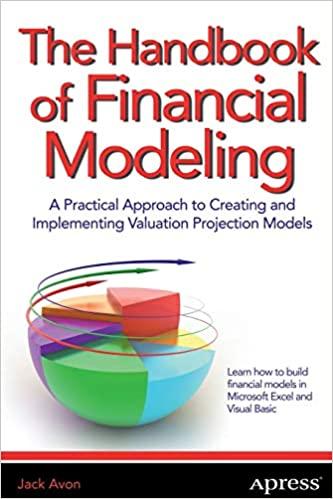Question
Q#4 (Chapter 15, 12 points). The M& M capital structure theories in chapters 15 and 21 persuasively argue that the optimal long-term debt is not
Q#4 (Chapter 15, 12 points). The M& M capital structure theories in chapters 15 and 21 persuasively argue that the optimal long-term debt is not 0.0% debt due to the tax shield benefit of debt. Table 15-1 in the text shows that, consistent with M&M theories, the average long-run debt to equity ratio in many different industries is positive (e.g., 55% for hotels, 86% for industrial companies, and only 9% for tech sector).
Yet many large technology firms, such as Alphabet (Google), Microsoft, and Apple, do not use any long-term debt (or little debt) to finance their operations and new investments. (Apple has used debt to pay for stock repurchases or dividends but not to finance its operations and new investments.)
Please explain whether it makes financial sense for big technology firms (do not mix it with start-up tech firms) to use no debt and give up the tax shield benefit of debt. You would want to use your understanding of capital structure material in chapters 15 and 21, especially signaling theory, R&D under asymmetric information theory, financial distress costs, and debt tax shield in your answers.
Limit your answers to no more than twenty (20) sentences.
Step by Step Solution
There are 3 Steps involved in it
Step: 1

Get Instant Access to Expert-Tailored Solutions
See step-by-step solutions with expert insights and AI powered tools for academic success
Step: 2

Step: 3

Ace Your Homework with AI
Get the answers you need in no time with our AI-driven, step-by-step assistance
Get Started


